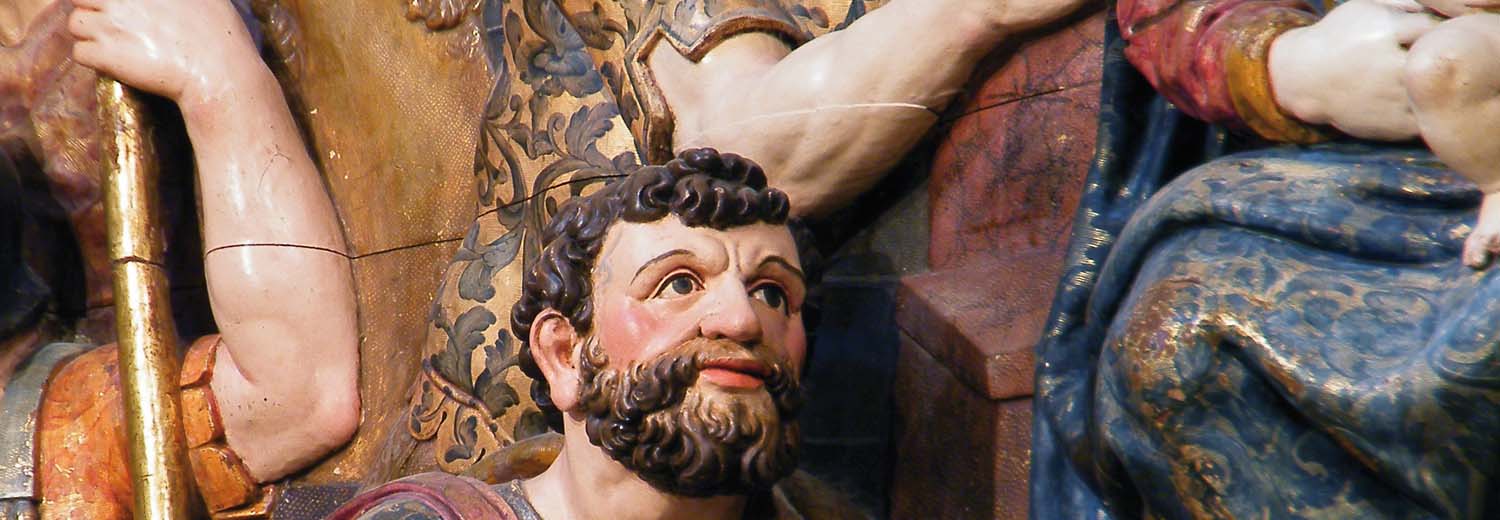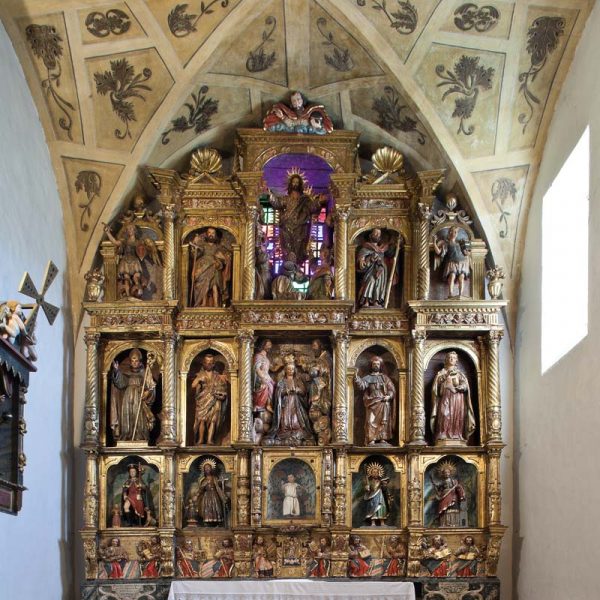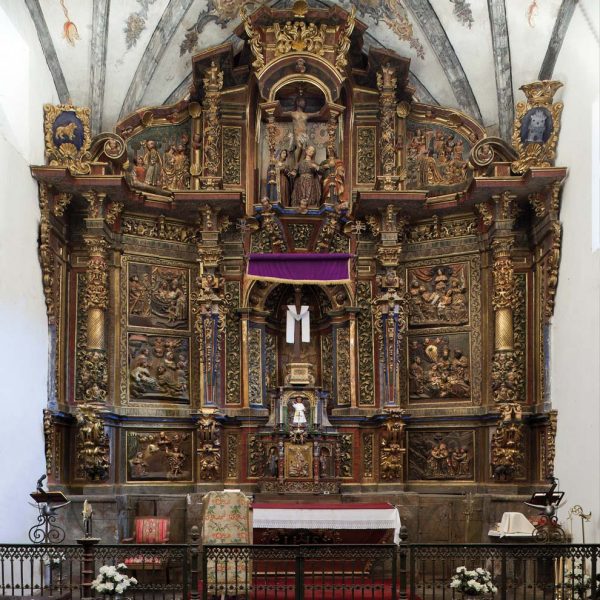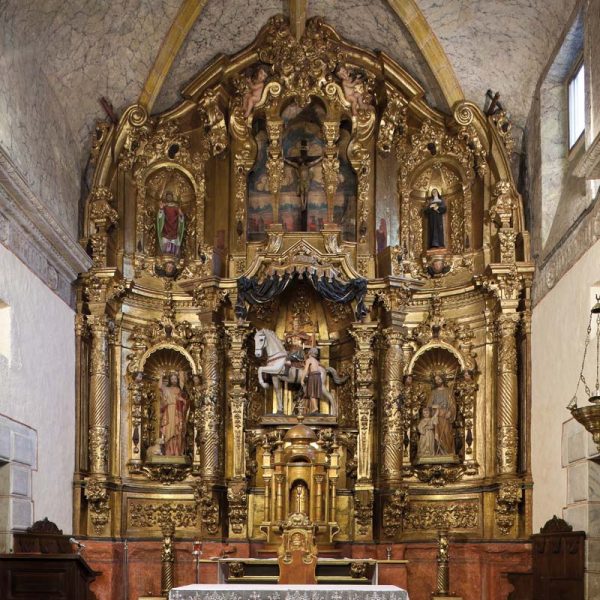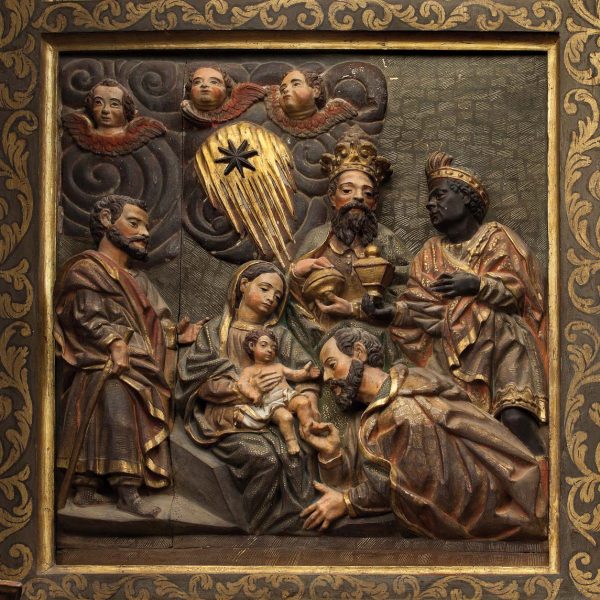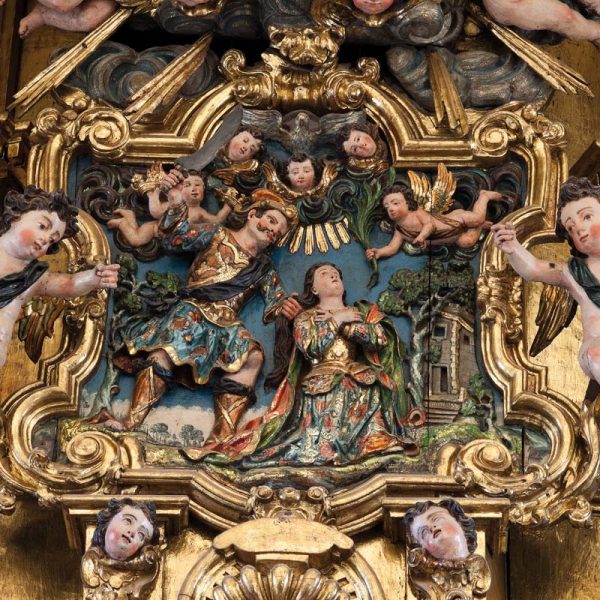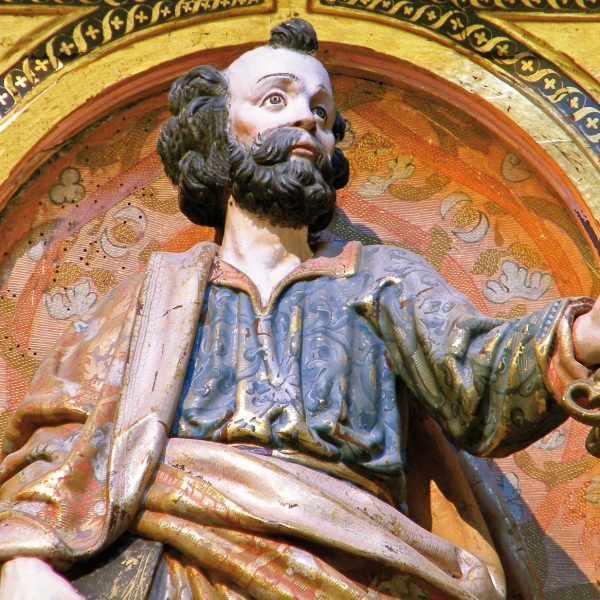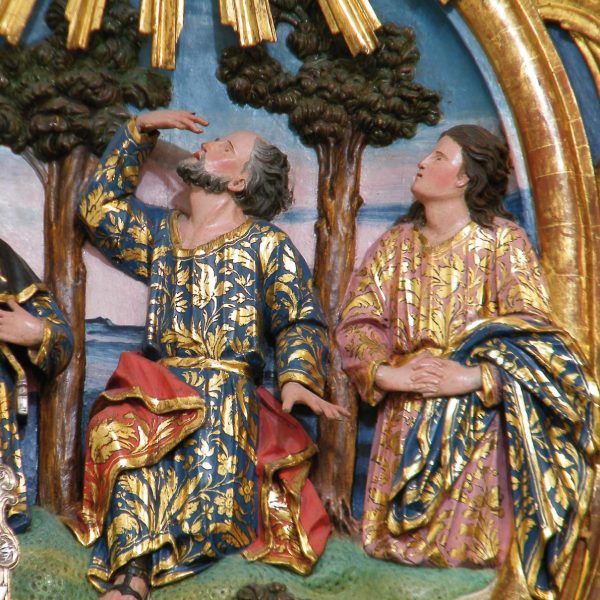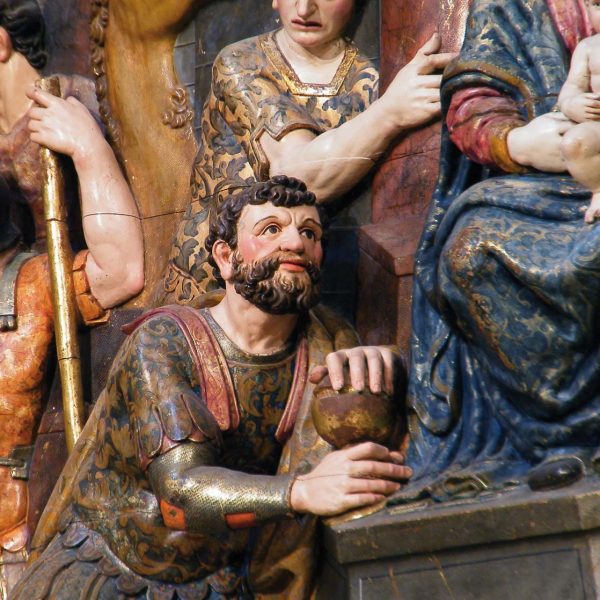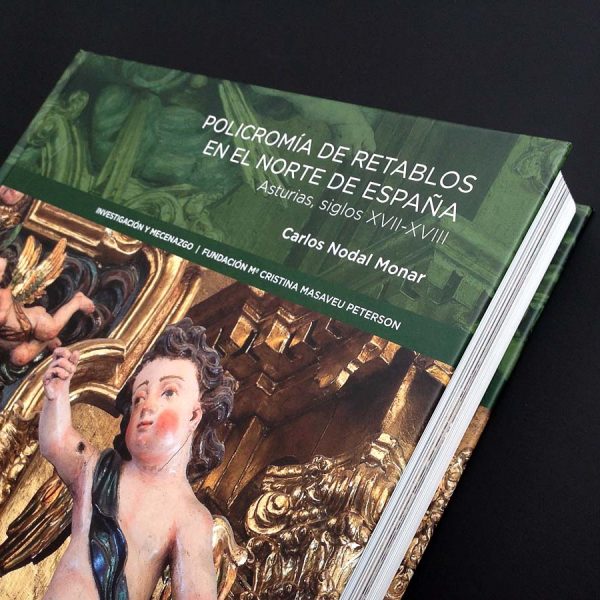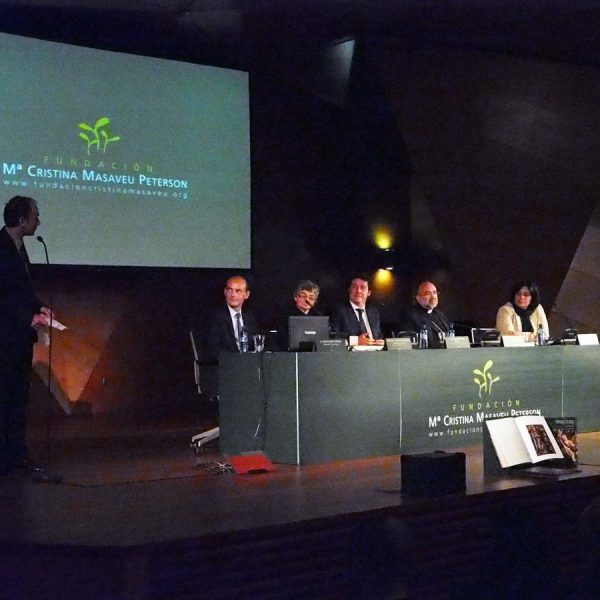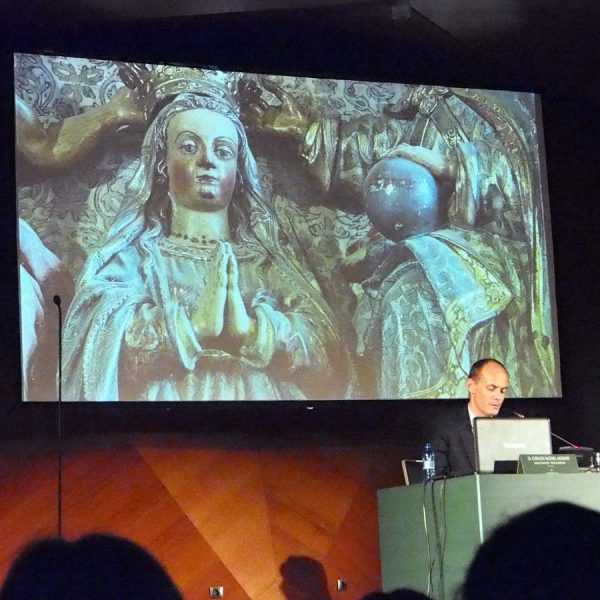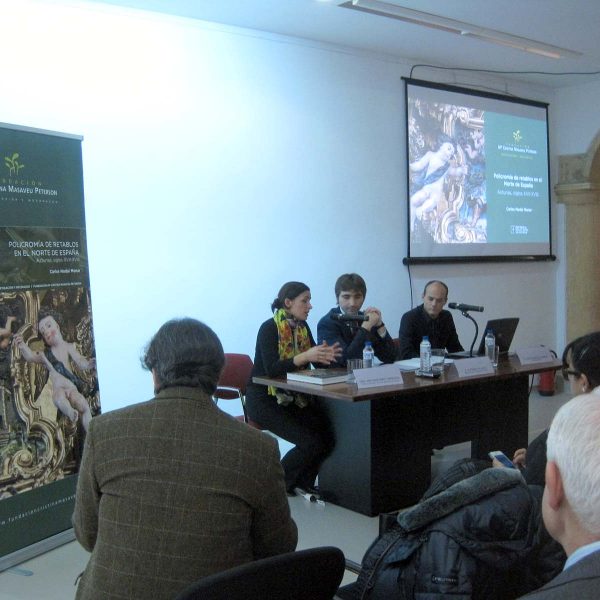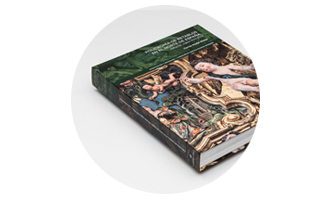ALTARPIECE POLYCHROMY IN NORTHERN SPAIN: ASTURIAS, 17th-18th CENTURIES
Research Scholarship in Art History granted by the María Cristina Masaveu Peterson Foundation.
Researcher: Carlos H. Nodal Monar Graduate and Master’s degree in Art History. Diploma in Conservation and Restoration of Cultural Assets.Objective: To strengthen and disseminate Asturian altarpiece heritage on a regional and national level, both within the Art History scientific community and within a wider section of society. We seek to develop the field of Polychromy in Asturias and serve as a basis for future specialised studies in Northern Spain. By thoroughly examining the technique section, the study is intended as a technical support for altarpiece restorers and Heritage services.
2012 EDITORIAL PROJECT.
“POLICROMÍA DE RETABLOS EN EL NORTE DE ESPAÑA: ASTURIAS, SIGLOS XVII – XVIII. EVOLUCIÓN, ARTÍFICES Y TÉCNICAS” (ALTARPIECE POLYCHROMY IN NORTHERN SPAIN: ASTURIAS, 17TH – 18TH CENTURIES. DEVELOPMENT, ARTISTS AND TECHNIQUES, 2009/2010/2011).
“Based on this research work we hope to present a practically unknown field of Art History in Asturian historiography, a field that has been assigned a secondary role in altarpiece study. The field has only been addressed by professors Germán Ramallo Asensio and Javier González Santos in their respective doctoral theses, and they are also responsible for highlighting practically all of the documentary references appearing in this study. There are several examples of altarpiece polychromy throughout the region, many of them of extraordinary value, although they are unknown by Asturians due to their dissemination throughout the territory. This research work seeks to present the works, styles, artists and techniques, all within the context of Northern Spain: the Cantabrian and the Northern Plateau.
Research has been carried out in four separate phases: field study of the works, consultation of records and transcription of historical documents, consultation of the specialised bibliography and, finally, use of all of the information and conclusions when writing the text.
Analysis of the works and documents has been carried out in practically all municipalities of the region, and also in the rest of the Cantabrian provinces (Galicia, Cantabria and the Basque Country) and the North of Castile (Leon, Valladolid, Zamora, Palencia and Burgos).
It even encompasses the North of Portugal, given that one of the most important 18th Century Asturian artists was a painter and gilder from Braga who was responsible for introducing a new stylistic period. The basic points of reference for the study of the historical documentation were the Historical Archive of Asturias (protocols), the Archive of the Cathedral of Oviedo and the Historical Archive of the City Council of Oviedo. Several documents from the rest of the Cantabrian and Northern Plateau provinces have also been used. The bibliography used corresponds both to the region and the rest of the Peninsula and abroad. It is a very extensive study as it encompasses two centuries and several aspects: the professional and social framework of the artist, the whole procurement process of the polychromy work, a general and specific study of the works of each stylistic period, the life and work of the artists and, finally, a profound, revised and updated presentation of the techniques and materials used. The discourse relating to styles, their periodisation and the techniques go beyond the regional geographical scope, extending to the provinces of the Cantabrian area and the Northern Plateau.
In order to complement the chapter relating to the techniques and materials, a small scientific study has been carried out based on the samples collected from the polychrome layers of certain altarpieces, with the intention of obtaining precise information regarding two of the most characteristic Baroque processes: gold glazing and bronzing.
Furthermore, the work includes several partial transcriptions from different historical documents which are of particular interest.
The text is accompanied by an extensive gallery of images which serves as unequivocal support to the stylistic study of the different periods.
I would like to express my gratitude to the María Cristina Masaveu Foundation for its sponsorship and decisive encouragement in such an interesting, unprecedented and gratifying research project. I would also like to thank the president of the Dioceses Commission for the Heritage of the Archbishopric of Oviedo, Juan José Tuñón Escalada, for his kindness and generosity, as well as the different parish priests responsible for the temples where the works subject to the study can be found.”
Carlos H. Nodal Monar
Researcher

